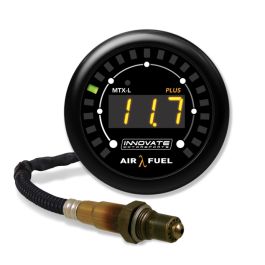You say that it's usually when you are hauling a load. Are you heavy on the pedal when it happens?
Do you know if the CFM and jetting on the new carb is even close to what the old one was ?
What is the condition of the fuel line? Original? Have you taken it loose and blown compressed air through it? Even if you did it could be partially restricted starving the pump when you are hauling. I've seen some old pickups that were full of shellac from old gas. Did you clean the pickup when you had it out? (Since you changed the sock. I'm assuming that it is the original pickup and it's depth is correct)
If running a return line fixes the issue. I wouldn't be happy until I figured out why it is happening. Millions of vehicles with carbs operated in high temperature areas and were fine. Something is causing the problem. Using a work around is not fixing the problem.
600 or 650 cfm can’t remember of top of head.
I’m sure the oem Quadrajet was at least 750 at wot.
It is a basically stock small block Chevy 350.
As far as testing restrictions, I blew air back up the line and it was churning and bubbling in the tank pretty good. Although not a precise test.
And that’s what gets me is I know I there are millions of carbureted vehicles working fine every day.
The carb is empty of fuel when this happens. If I can cool it down and get fuel pumping again it will take off fine. By cool down I mean the temp under the truck and in the engine bay, I sprayed water all under on all the fuel lines and pump all the way back to the tank at one point and it seemed to be an immediate fix, but only until it heated right back up.
-I’ll start with coolant and thermostat to make sure it’s gtg.
-check ignition timing
-I’ll check float level and operation, and maybe measure the o2 if I can get a tool.
-Then I think I will replace the pickup tube in the tank, and go new line from there to the engine.
-thick gasket under the carb to help insulate it.
-diesel in the fuel
-return line I’m sure would help, and if it fixes it then great, but it bugs me until I know the “why”
I have tried ethanol free gas also. With no change.
The biggest difference is the electric fuel pump back close to the tank on the 79. That took it from almost undriveable to driveable.
There must be some leak or restriction between the pump and the pickup in the tank? Either air getting in or enough negative pressure that in the heat the gas just turns to ‘gas’?
Looks like the tank needs to come back out?




